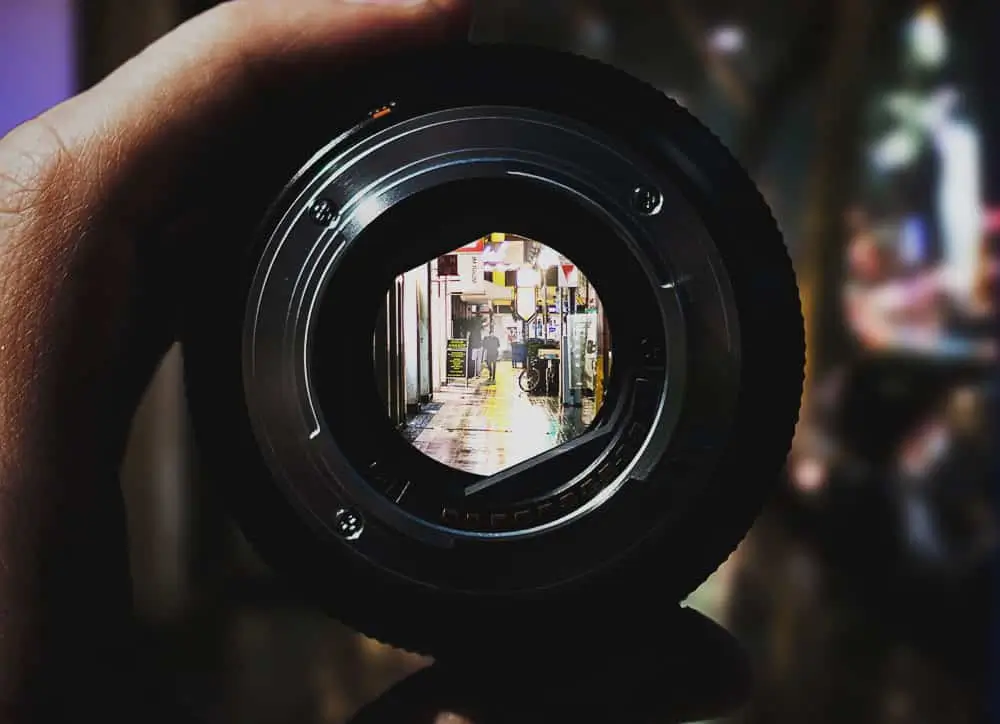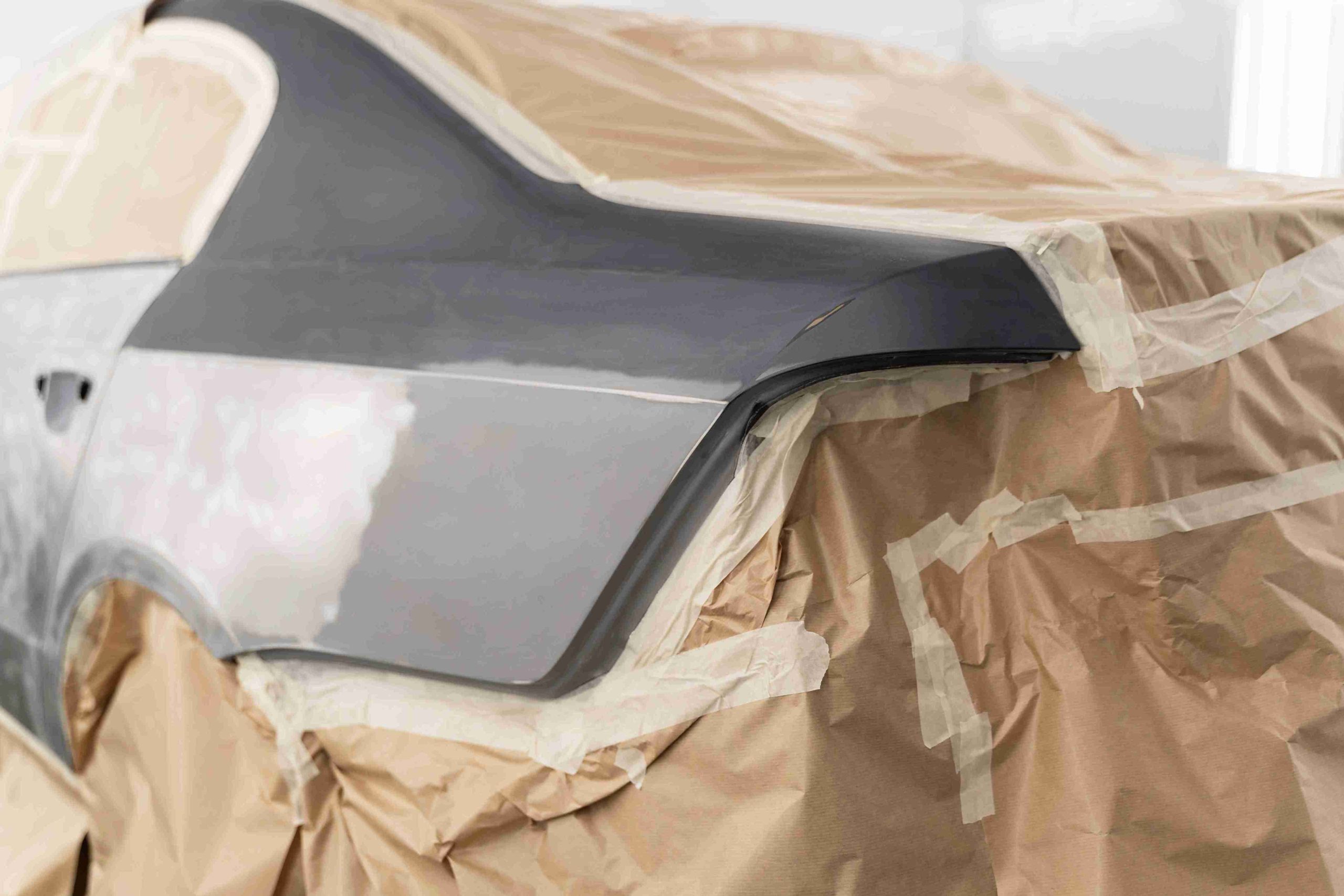Choosing the right camera lens can make a significant difference in the quality of your photographs. Whether you’re a beginner or an experienced photographer, understanding how to select the best lens for your specific needs is crucial. In this guide, we’ll explore essential tips to help you choose the right camera lens that suits your style, preferences, and shooting conditions. Mastering these lens selection tips will also help improve your camera technology.
Understand the Different Types of Camera Lenses
Before diving into lens selection, it’s important to familiarize yourself with the different types of lenses available. Each type of lens serves a unique purpose and is suited to specific types of photography. Here are the most common types of camera lenses:
- Standard Lenses: These lenses are versatile and typically have a focal length of 35mm to 50mm. They mimic the field of view of the human eye, making them ideal for general photography, portraits, and street photography.
- Wide-Angle Lenses: These lenses have a shorter focal length, usually between 10mm and 35mm. They capture a broader scene, making them perfect for landscapes, architecture, and interior shots.
- Telephoto Lenses: With focal lengths of 70mm or more, telephoto lenses are used for capturing distant subjects. These lenses are commonly used in wildlife photography, sports, and portraiture, where you need to zoom in on a subject without being physically close.
- Macro Lenses: Macro lenses are designed for extreme close-up shots of small subjects, such as insects, flowers, or textures. These lenses offer high magnification and allow for incredible detail at close range.
- Zoom Lenses: Zoom lenses offer a range of focal lengths, allowing you to adjust the field of view without physically moving. They are convenient for photographers who need versatility and flexibility in their shooting.
- Prime Lenses: Unlike zoom lenses, prime lenses have a fixed focal length. These lenses tend to offer better image quality, wider apertures, and faster focusing speeds, making them ideal for low-light situations and creative effects.

Determine Your Photography Needs
The right lens depends on what you plan to shoot. Different photography genres require different types of lenses. Understanding your primary photography style will guide you in selecting the most suitable lens:
- Portrait Photography: A lens with a focal length between 50mm and 85mm is often preferred for portraiture. Prime lenses with wide apertures (such as f/1.8 or f/1.4) are ideal for creating a shallow depth of field and achieving a beautiful bokeh effect, which helps isolate the subject from the background.
- Landscape Photography: Wide-angle lenses with a focal length between 10mm and 35mm are great for capturing expansive landscapes. Look for lenses with sharpness and minimal distortion to ensure the details of the scene are captured accurately.
- Sports and Wildlife Photography: Telephoto lenses with focal lengths of 70mm or more are essential for shooting distant subjects. A lens with fast autofocus and a wide aperture (such as f/2.8) will help you capture action shots with clarity and precision.
- Street Photography: Standard lenses, often in the 35mm to 50mm range, are perfect for street photography. They offer a natural perspective and are unobtrusive, allowing you to capture candid moments.
- Macro Photography: A dedicated macro lens with a focal length between 90mm and 105mm is necessary for extreme close-ups. Look for lenses with high magnification ratios (1:1) for detailed shots.
Consider the Lens Mount and Compatibility
Not all lenses are compatible with all cameras. Each camera brand has its own lens mount system, so you need to ensure that the lens you choose is compatible with your camera body. Popular camera brands like Canon, Nikon, Sony, and Fujifilm use different lens mount systems, and even within the same brand, there are various mounts for different camera models.
- Canon: Canon’s EF and RF lens mounts are for DSLR and mirrorless cameras, respectively. Make sure the lens you choose matches the camera’s mount type.
- Nikon: Nikon uses the F-mount for DSLR cameras and the Z-mount for mirrorless cameras. Again, check compatibility before purchasing a lens.
- Sony: Sony mirrorless cameras use the E-mount, while older DSLR models use the A-mount. Lens compatibility varies depending on the type of camera.
- Other Brands: If you own a different brand like Panasonic or Olympus, ensure that you select lenses designed for their respective mounts.

Pay Attention to the Aperture Size
The aperture of a lens determines how much light it can let in, affecting both the exposure and depth of field. A wider aperture (represented by smaller f-numbers like f/1.4 or f/2.8) allows more light to enter the lens, which is essential for shooting in low-light conditions. It also gives you more control over depth of field, allowing you to create blurred backgrounds (bokeh) for a more artistic look.
- Wide Apertures: Lenses with wide apertures (f/1.4, f/1.8, or f/2.8) are ideal for portrait photography, low-light conditions, and achieving a shallow depth of field.
- Narrower Apertures: Lenses with smaller apertures (f/4, f/5.6) are suitable for landscapes and general photography where a larger depth of field is required.
Check the Lens Quality and Construction
The quality of the lens glass and its construction materials affect the image quality and durability of the lens. High-quality lenses will produce sharper images with less chromatic aberration, distortion, and flare. Consider the following features when assessing lens quality:
- Lens Elements: Look for lenses with multiple elements (glass pieces) arranged to correct various optical issues. The more advanced the lens elements, the better the image quality.
- Coatings: High-quality lenses often have special coatings (like anti-reflective coatings) that help reduce lens flare and ghosting, improving contrast and image sharpness.
- Build Quality: A well-constructed lens is essential, especially if you plan to use it in harsh conditions. Look for lenses with weather sealing if you plan to shoot outdoors in rain or snow.
Understand the Importance of Image Stabilization
If you plan to shoot handheld or in low-light conditions, image stabilization (IS) or vibration reduction (VR) can be extremely helpful. This feature reduces camera shake and allows you to capture sharper images at slower shutter speeds. Lenses with built-in stabilization are especially valuable for telephoto lenses or when shooting in challenging conditions.

Set a Budget
Camera lenses can range in price from budget-friendly options to high-end professional lenses. Set a realistic budget based on your needs and avoid overspending on features you may not need. Expensive lenses often offer better image quality and faster performance. However, there are many affordable options that perform well for most photographers.
- Budget Lenses: Affordable lenses can still offer great quality, but they may have limitations like slower autofocus or fewer features. For beginners, a standard 50mm prime lens is often an excellent value for money.
- High-End Lenses: If you’re a professional photographer or have specific needs, investing in a higher-end lens may be worth it. These lenses often have faster autofocus, better build quality, and superior image quality.
Read Reviews and Test Lenses
Before making a final decision, read reviews and watch videos from trusted sources. Reviews can provide valuable insights into a lens’s performance, image quality, and durability. If possible, visit a camera store and test the lens yourself to see how it feels and performs with your camera.
Conclusion
Selecting the right camera lens is a personal and important decision for any photographer. By considering factors such as lens type, focal length, aperture size, and build quality, you can find the lens that best suits your photography style and needs. Remember that a great lens is an investment in your photography journey, and it can greatly enhance the quality and creativity of your work.




